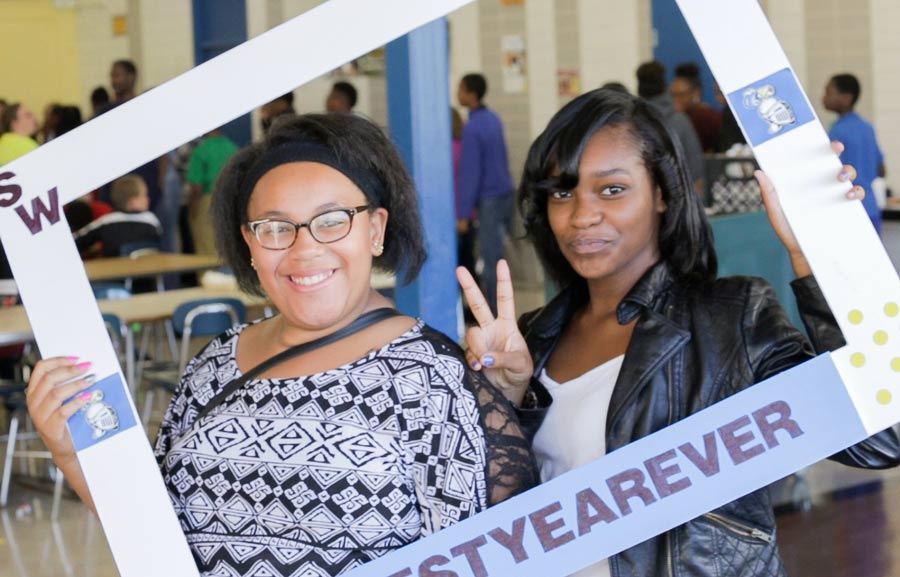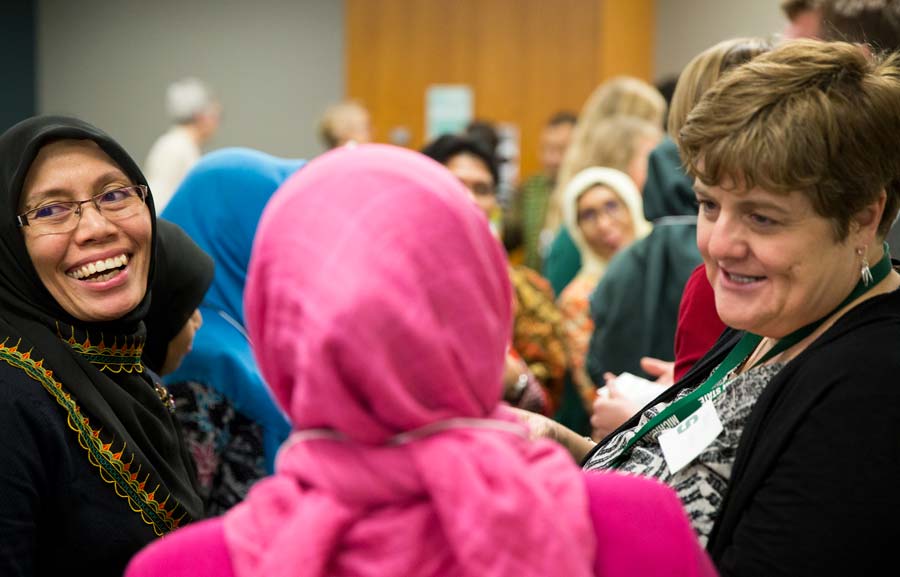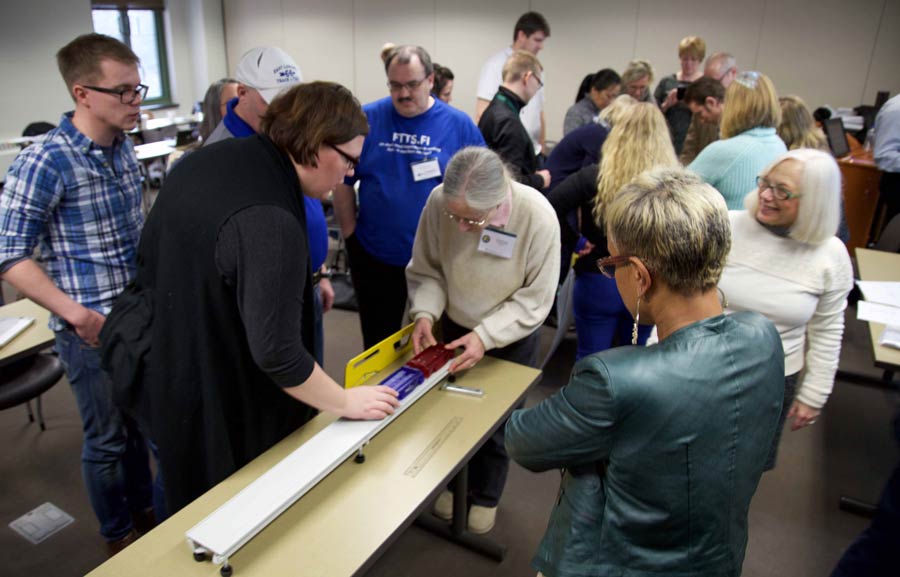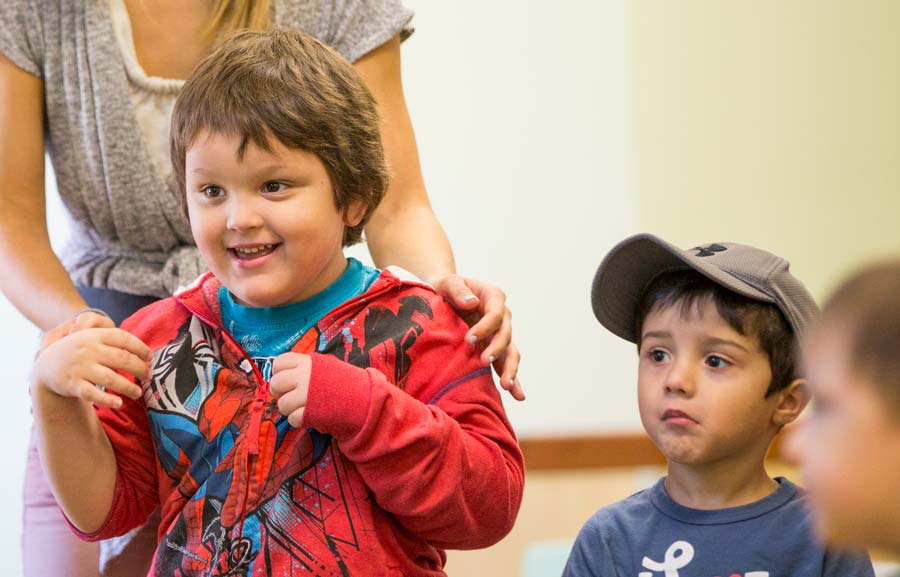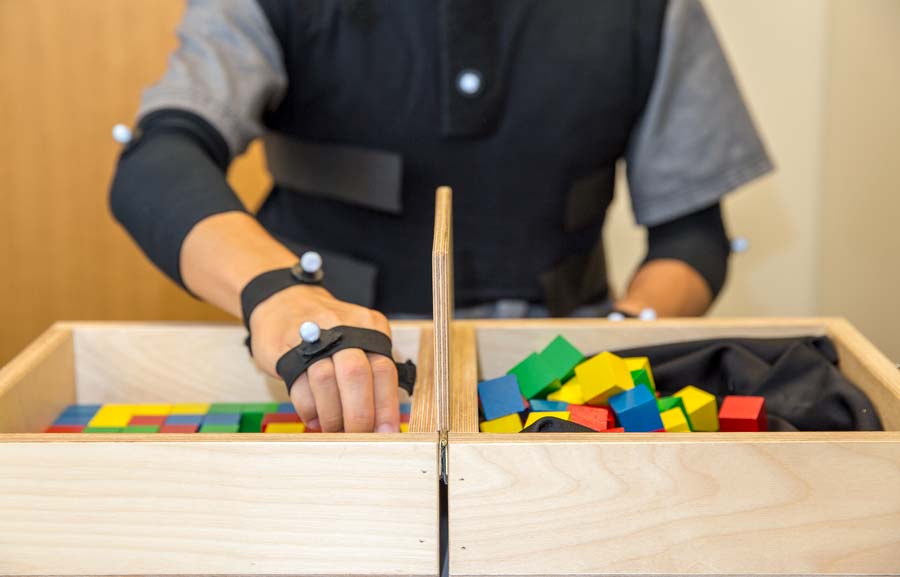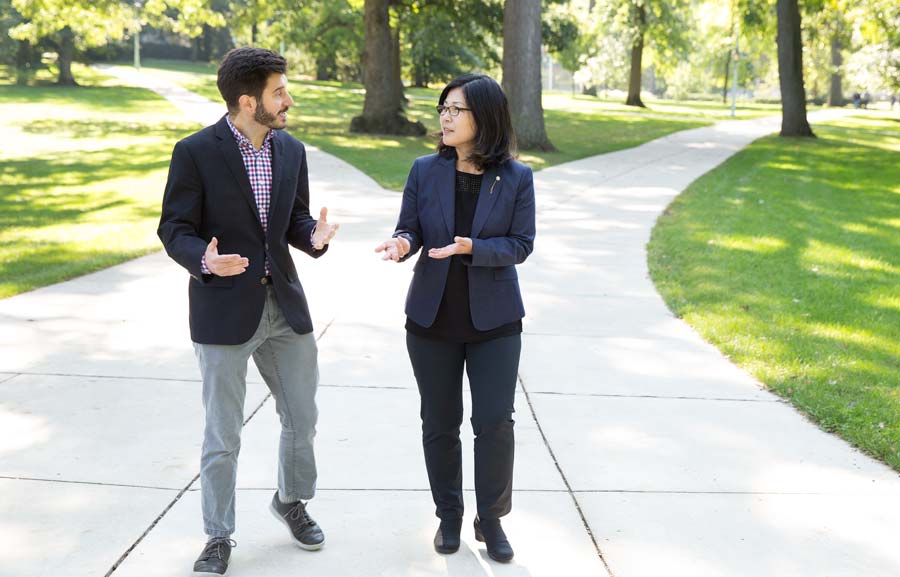
Simple exercises with the addition of technology give MSU researchers new insight into stroke rehabilitation.
One of the most common problem victims of strokes face is hemiparesis, a weakness on one side of the body, which can often lead to stroke survivors having poorer control of one arm.
It is this loss of function, and how the brain may compensate for it, that Rajiv Ranganathan is researching in connection with Sparrow Hospital in Lansing, Mich.
 Ranganathan, an assistant professor of Kinesiology, has been working with Sparrow and fellow researchers from MSU on a $50,000 study funded by the Center for Innovation and Research.
Ranganathan, an assistant professor of Kinesiology, has been working with Sparrow and fellow researchers from MSU on a $50,000 study funded by the Center for Innovation and Research.
“The importance of this study is reflected in terms of the underlying problem,” Ranganathan said. “Stroke is the leading cause of long-term disability in the U.S., and we still don’t have good, effective ways to quantify or treat movement deficits in stroke survivors. By using recent advances in technology, we are hoping that this study can at least provide a stepping stone toward that goal.”
His research examines the feasibility of virtual reality systems to test how arm function is affected by strokes and measure motor function for the affected and non-affected sides of the body. The systems measure movements with high precision, which are then translated into a game-like interface.

Study participants use state-of-the-art tools to help precisely capture movements.
“We had stroke survivors play a simple computer game where they had to move both arms to control a mouse cursor on a screen,” Ranganathan explained. “Once they started playing the game, without the participants’ knowledge, we could manipulate how much the cursor was controlled by one arm or the other (for example, in some cases, the arm was controlled equally by both arms, but in other cases, the actions were mostly controlled by one arm). We wanted to examine if these subtle changes in the experiment caused stroke survivors to change how they moved their arms during the game.”
The game provided real-time, precise measurements, with the ultimate goal of gaining greater insight into how the brain is actually controlling the two arms.
Measuring movement accurately wasn’t the only goal of the project. It also made the therapy more engaging, and allowed researchers to determine the effectiveness of unimanual (using only a single hand/arm) or bimanual (using both arms) therapy.
Flexible future
Ranganathan has brought his expertise to Sparrow Hospital for the ongoing project, helping set up the virtual reality system and analyzing the data.
For their clinical expertise, he has partnered with three faculty from the MSU College of Osteopathic Medicine’s Department of Physical Medicine and Rehabilitation—Rani Gebara, Michael Andary and Jim Sylvain—and with Cathy Hilts, a registered nurse at Sparrow Hospital.
The group began collecting data from stroke survivors in late April 2015. The study will continue through December 2016.
While data collection is not yet complete, Ranganathan and others can already start to see some results of their efforts.

Rajiv Ranganathan (right), assistant professor in the Department of Kinesiology, and Rani Gebara (left), assistant professor in the MSU College of Osteopathic Medicine, discuss their research at Mary Free Bed at Sparrow.
“Surprisingly, we [have] found that the coordination between the two arms in stroke survivors was not fixed, but flexible (i.e., the movement of the two arms changes as we altered how much the cursor was controlled by one arm or the other),” Ranganathan said. “This flexibility in coordination raises theoretical questions about how the brain learns to adjust for deficits caused by stoke, but also opens up possibilities for how it could be potentially used to facilitate rehabilitation.
“We think that our results show a promising role for integrating technology into stroke rehabilitation.”



